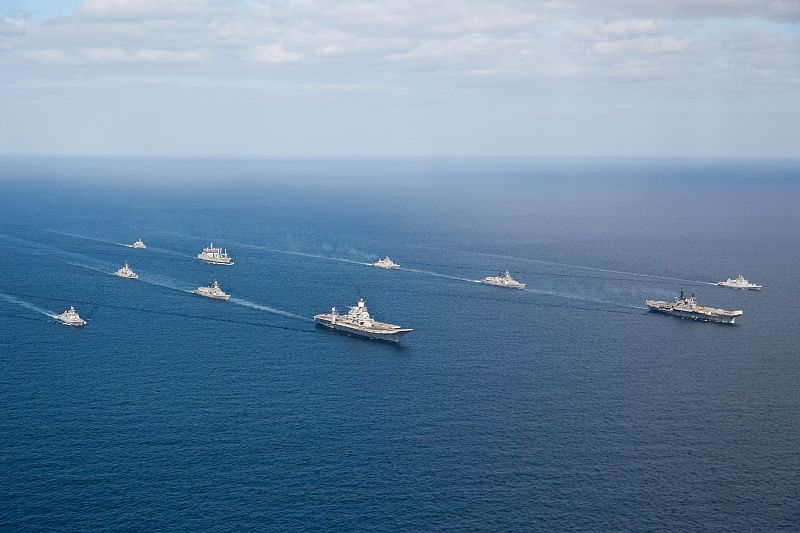
Indian naval fleet. (A file photo)
NEW DELHI (PTI): India embarked on a major overdrive in 2022 to significantly bolster its overall military prowess and focused on its strategic goals in South Asia as a fresh attempt of transgression in the Tawang sector by the Chinese troops amid the unresolved eastern Ladakh border standoff renewed the focus on the looming threat from China along the frontier.
The Indian troops guarding the nearly 3,500-km Line of Actual Control (LAC) maintained an assertive approach in sync with the broader national security doctrine and procured a variety of military platforms and weapons to enhance their combat capabilities.
In line with a decision taken at the 16th round of military talks, the two sides carried out disengagement from Patrolling Point 15 in the Gogra-Hotsprings area of eastern Ladakh in September, taking forward similar exercises in other friction points last year.
But the face-off between the two of the planet's biggest military forces lingered on in the Demchok and Depsang regions though the Indian side pressed for completion of the disengagement in remaining friction points at the earliest.
As the fresh clash in the Yangtse area of Arunachal Pradesh's Tawang sector on December 9 renewed the focus on China's evil designs, Defence Minister Rajnath Singh said in Parliament that the Chinese troops tried to "unilaterally" change the status quo but the Indian Army compelled them to retreat.
In the course of the year, India expanded military cooperation with almost all friendly countries in South Asia in the face of China's consistent attempts to increase its influence in the region.
As the national security planners devised strategies to deal with myriad security challenges facing the country, the Armed Forces started procurement of a significant number of military platforms and weapons including light tanks, anti-ship missiles, long range guided bombs, futuristic infantry combat vehicles, mounted gun systems and different types of drones.
In October, India tested a ballistic missile fired from its first indigenous nuclear-powered submarine, INS Arihant which was seen as a major milestone to further boost the country's strategic strike capabilities.
India has become only the sixth country, alongside the US, Russia, the UK, China and France, to have nuclear-powered submarines armed with ballistic missiles.
In December, India successfully test-fired nuclear-capable ballistic missile Agni-5 that can strike targets at ranges up to 5,000 km. The Agni-V project is aimed at boosting India's nuclear deterrence against China which is known to have missiles like Dongfeng-41 having ranges between 12,000-15,000 km.
Agni-V can bring almost the entire Asia including the northernmost part of China as well as some regions in Europe under its striking range. In the course of the year, India also carried out test firing of the BRAHMOS missile, Prithvi-II missile, Agni-4, Agni-3 and Helina missiles.
The Indian Army has also been focusing on enhancing infrastructure along the LAC. From construction of roads, bridges and ammunition depots to bolstering its surveillance apparatus, the Army is ramping up military infrastructure at a rapid pace for quicker mobilisation of troops.
In September, Prime Minister Narendra Modi commissioned India's first indigenously-built aircraft carrier INS Vikrant (IAC I) that made the country part of an elite group of nations capable of manufacturing aircraft carriers above 40,000 tonnes category.
The Navy said the aircraft carrier will be able to play a role in ensuring peace and stability in the Indo-Pacific region.
In September, Gen Anil Chauhan became India's new Chief of Defence Staff with a mandate to implement the ambitious theaterisation plan that aims to ensure Tri-Services synergy and prepare the armed forces for future security challenges facing the nation.
Gen Chauhan, a former Eastern Army Commander, took charge as the country's senior-most military commander over nine months after first Chief of Defence Staff (CDS) Gen Bipin Rawat died in a helicopter crash in Tamil Nadu.
According to the theaterisation plan, each of the theatre commands will have units of the Army, the Navy and the Air Force and all of them will work as a single entity looking after security challenges in a specified geographical territory under an operational commander.
In a boost to India's focus on defence indigenisation, Prime Minister Narendra Modi laid the foundation stone in Vadodara for production of European C-295 military transport aircraft on October 30.
The Tata Group will manufacture 40 C-295 medium transport aircraft at the facility in cooperation with global aerospace major Airbus under the provisions of a Rs 21,935 crore deal that the two firms inked last year to supply the planes to the Indian Air Force.
The contract with the government is for supplying 56 aircraft and Airbus will deliver the first 16 planes in 'fly-away' condition from its final assembly line in Spain between September 2023 and August 2025.
In the same month, the Indian Air Force (IAF) inducted the first fleet of indigenously-built Light Combat Helicopter (LCH), 'Prachand', 23 years after the need for such a lethal platform for mountain warfare was felt following the Kargil conflict with Pakistan.
Developed by state-run aerospace major Hindustan Aeronautics Ltd (HAL), the 5.8-tonne twin-engine chopper is armed with air-to-air missiles, 20 mm turret guns and rocket systems, and is capable of destroying enemy tanks, bunkers, drones and other assets in high-altitude regions.
In 2022, the Defence Ministry also unveiled a slew of reform initiatives to make India a hub of manufacturing defence equipment and platforms.
It also approved procurement of a number of military platforms and weapons including light tanks, anti-ship missiles and long range guided bombs at a cost of Rs 84,328 crore to boost combat capabilities of the armed forces.
The year also saw India ramping up overall defence cooperation with a number of leading countries including the US, France, the UK, Germany and Japan.
 Previous Article
Previous Article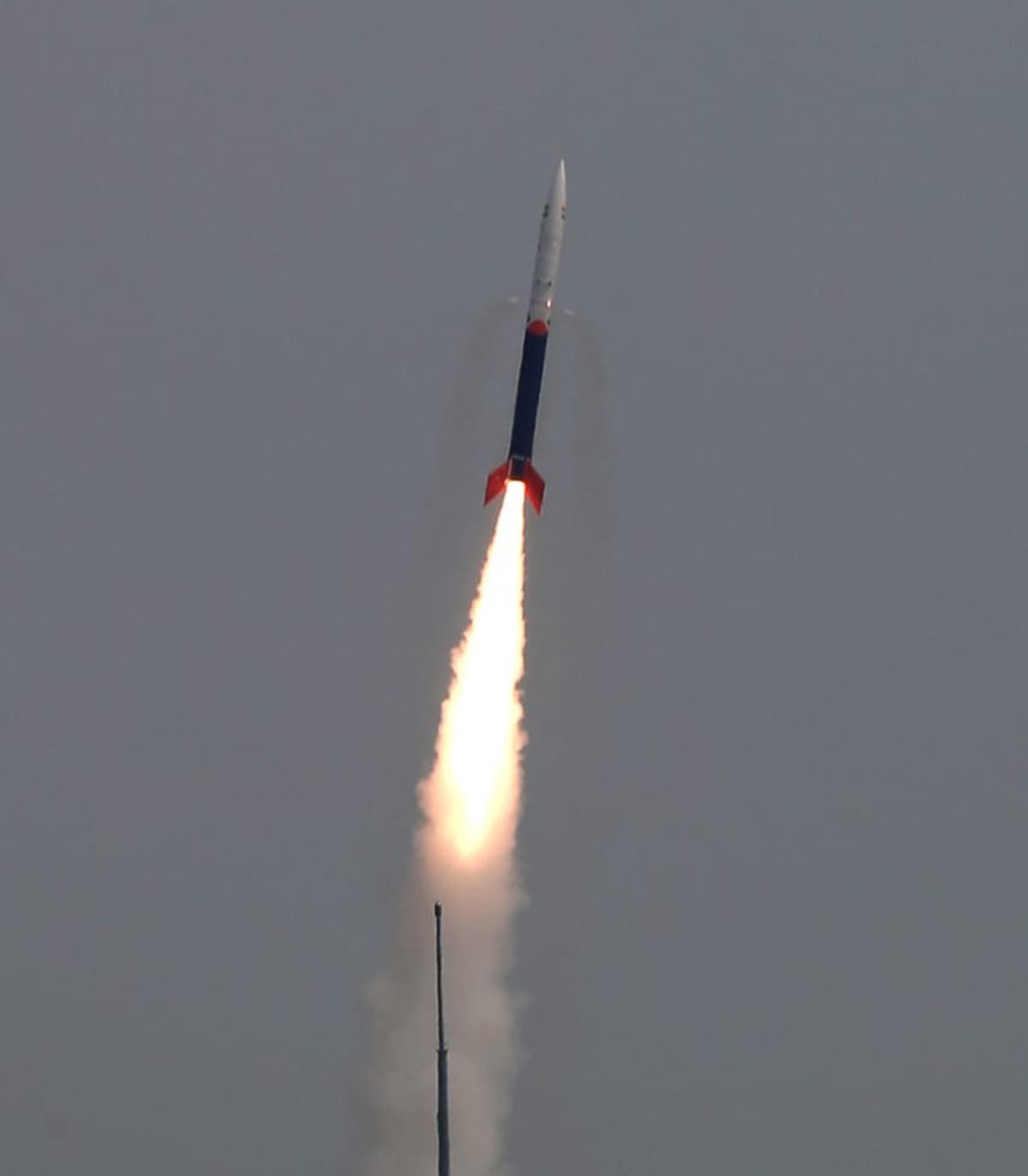 Next Article
Next Article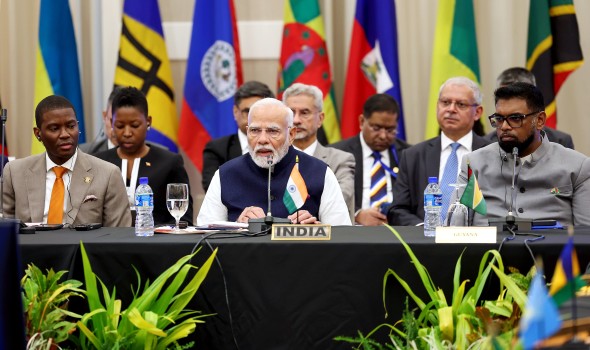
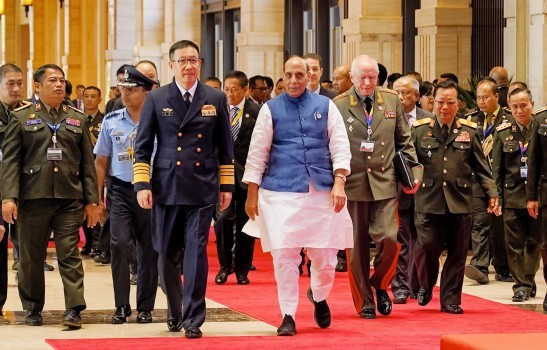
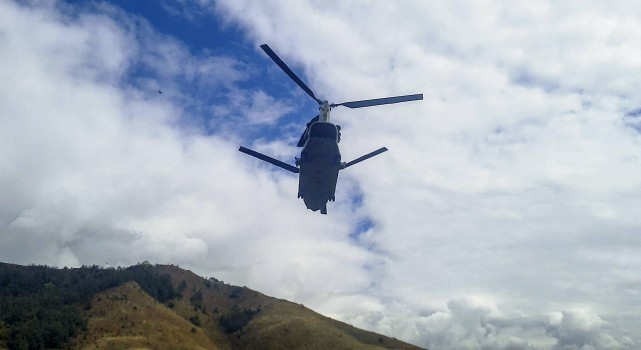
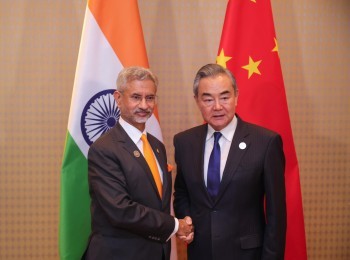

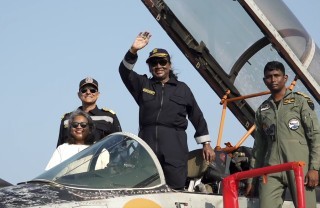
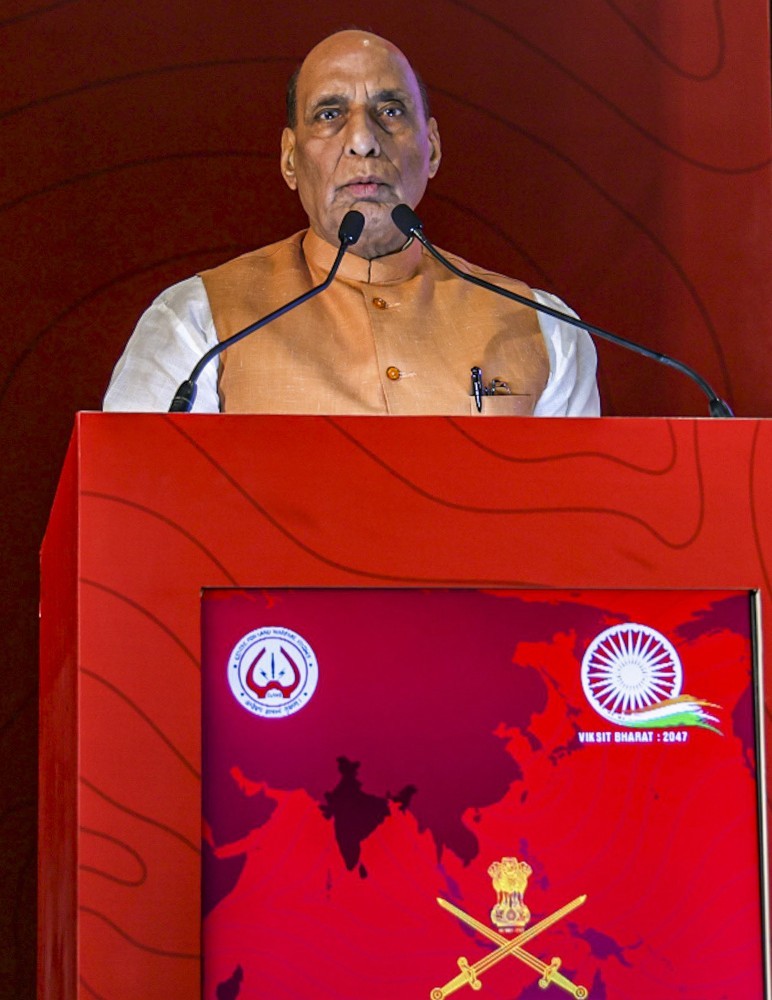





The Indian Air Force, in its flight trials evaluation report submitted before the Defence Ministry l..
view articleAn insight into the Medium Multi-Role Combat Aircraft competition...
view articleSky enthusiasts can now spot the International Space Station (ISS) commanded by Indian-American astr..
view article